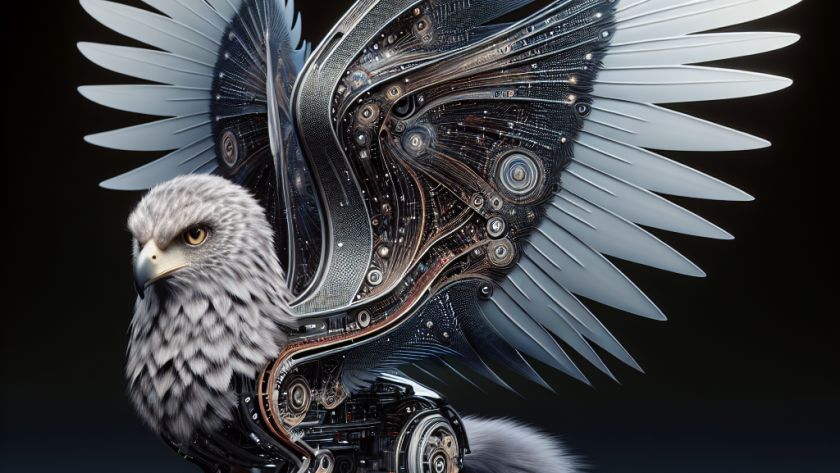The blending of linguistic and visual information represents an emerging field in Artificial Intelligence (AI). As multimodal models evolve, they offer new ways for machine comprehension to interact with visual and textual data. This step beyond the traditional capacity of large language models (LLMs) involves creating detailed image captions and responding accurately to visual questions.
Integrating…












